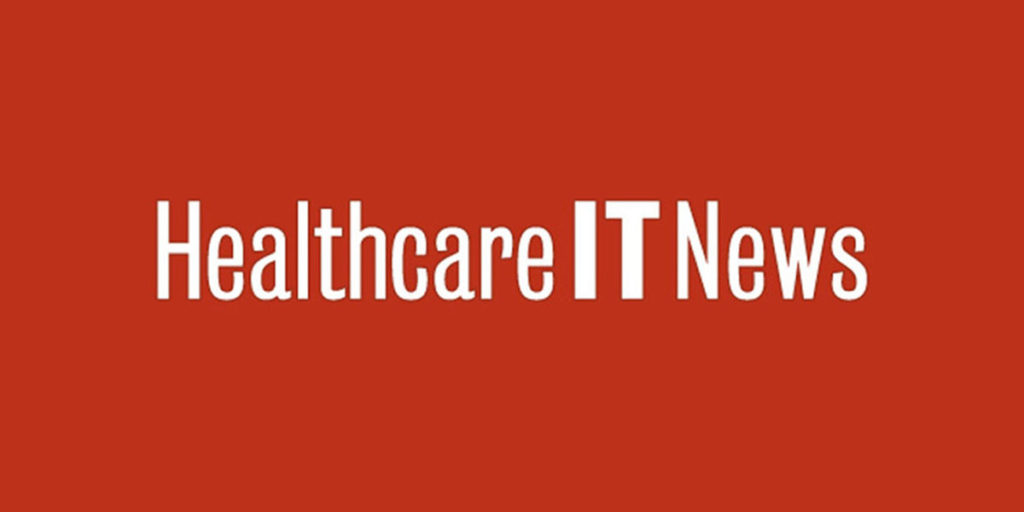Lafayette General Health Reduces Manual Entry, Enhances Patient Safety with eRx
The health system realized a 28% decrease in manual medication entry, along with a 26% increase in the accuracy of medications imported into medication histories.
Lafayette General Health, a 793-bed health system in South Central Louisiana, struggled with the medication reconciliation process. At a clinical level, it was challenged with lengthy patient-medication-history interviews, along with phone calls to families, pharmacies and providers.
THE PROBLEM
In addition, at an organizational level, the health system had variation in accountability across departments, disciplines and shifts; absent or unproductive compliance auditing; underutilization of support technology; staff competency gaps; and outdated workflows.
The health system also had a goal of meeting Merit-based Incentive Payment System (MIPS) quality measures to ensure it qualified for the highest reimbursement levels and greatest patient safety. It realized to accomplish this it needed to expand its medication reconciliation process beyond admissions through all transitions of care.
PROPOSAL
Lafayette General Health decided to turn to technology from e-prescribing IT vendor DrFirst to solve its problems.
The vendor recommended the implementation of its MedHx system for medical reconciliation and to close gaps in medication histories, as well as its SmartSig, also known as sig, to help quickly and accurately fill in missing or incomplete prescription instructions.
“Patient safety and outcomes have been enhanced because we now have accurate, comprehensive histories in just seconds, reducing the time to treatment and minimizing the risk of medication errors.”- Melinda Arnaud, Lafayette General Health
“MedHx gives us much more detailed information in seconds because the program searches for 12 months of historical medication data from multiple sources, including PBMs, payers, HIEs and pharmacy-fill data,” said Melinda Arnaud, informatics pharmacist at Lafayette General Health. “DrFirst assured us the information we received with MedHx would be more complete, and automatically include details that patients and their families don’t always know, such as the proper drug name, the dispensed quantity and the sig.
The vendor also encouraged the health system to add SmartSig because it believed it could dramatically decrease medication reconciliation times by automatically identifying commonly prescribed medications, translating free-text data and inferring missing data such as sig details.
MARKETPLACE
There is a variety of e-prescription software vendors on the health IT market. Some of these vendors include AdvancedMD, athenahealth, Capterra, DrFirst, Greenway Health, MDToolbox, Practice Fusion, PrognoCIS, RxNT and Surescripts.
MEETING THE CHALLENGE
“With the implementation of MedHx and SmartSig, we are able to provide complete, clean and consumable data directly within our Cerner EHR, eliminating the need for our clinical staff to find and manually enter medication-history details,” Arnaud explained.
RESULTS
Using the medication reconciliation tools and onboarding local pharmacies for access to more local patient data, Lafayette General Health saw an initial 18% improvement in medication-history quality and completeness. After nine weeks, it realized a 28% decrease in manual medication entry, along with a 26% increase in the accuracy of medications imported into medication histories.
“The elimination of manual entry has resulted in dramatic time savings because staff does not have to spend as much time interviewing patients and calling local pharmacies, primary care providers and/or family members to fill in the missing gaps,” Arnaud noted. “Patient safety and outcomes have been enhanced because we now have accurate, comprehensive histories in just seconds, reducing the time to treatment and minimizing the risk of medication errors.”
ADVICE FOR OTHERS
“Take the time to understand the medication history process in its current state within your facility,” Arnaud advised. “Oftentimes, we think we know the process, but finding the real-world examples uncovered can give a different starting point in the improvement process than first expected. Understanding the workflow from all perspectives would save a large amount of time in implementing this kind of software.”
Read the article on Healthcare IT News.

















